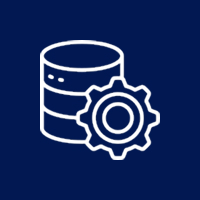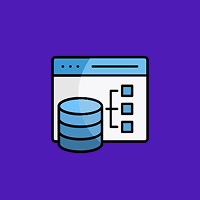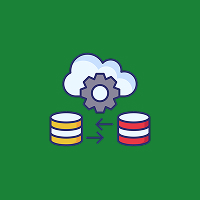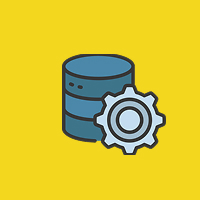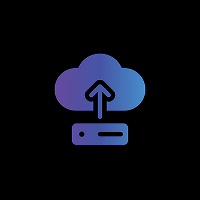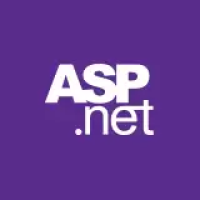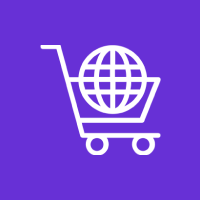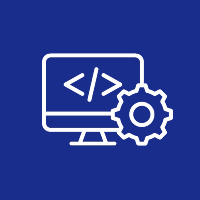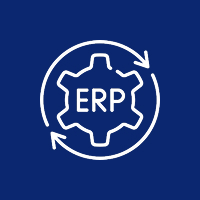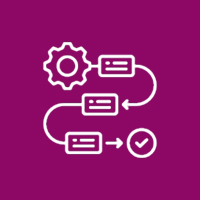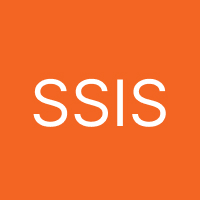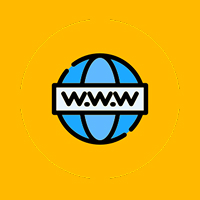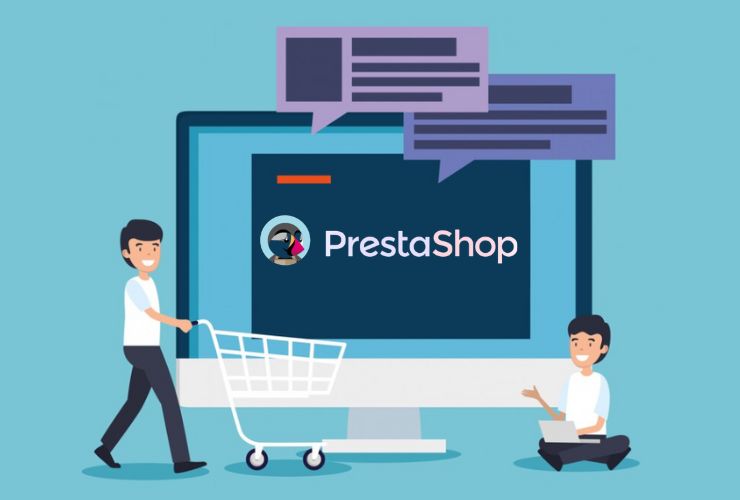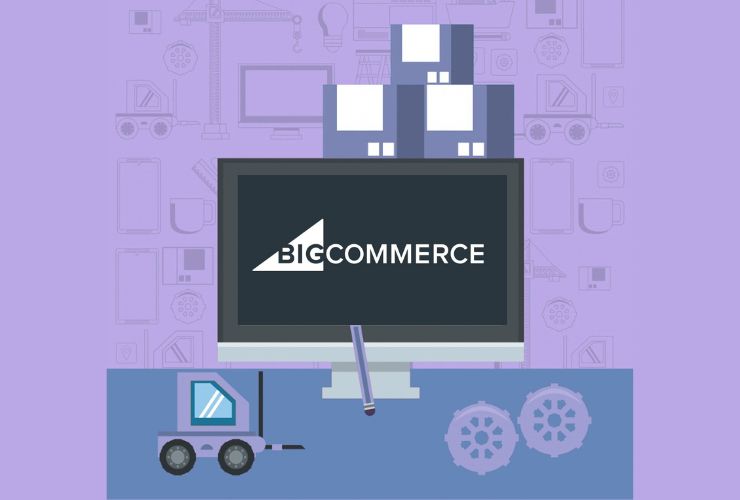Deploying SharePoint across an entire enterprise can be a significant undertaking and will help to shape an organization’s collaboration, content-management and automation of workflows. However, without proper planning, clarity, and best practices, deploying SharePoint often becomes a costly, inefficient and underutilized investment.
1. Start with A Clear Vision and Strategy
Before you get started, define success for your SharePoint deployment. Are you creating a modern company intranet, a secure document management system, or an automated workflow solution?
Set clear and measurable objectives, aligned with a higher-level business objectives. Involve stakeholders and representatives from IT, HR, legal, and individual departments to ensure various needs are considered. Getting executive sponsorship and leadership buy-in is critical to securing the appropriate budget, resources, and support.
2. Formulate Strong Governance
Without governance, we can see SharePoint sites and content grow exponentially resulting in clutter, confusion, and security risks. Define rules for who can create sites, who approves content and how your information will be classified and retained.
Set up governance policies committee or steering group that will be able to oversee policies and make adjustments as business needs change. Clearly communicate your governance guidelines to the user community so they understand their roles and responsibilities.
3. Design for Strong Information Architecture (IA)
Having a clear and purposeful information architecture allows users to comfortably use and navigate SharePoint. Develop a clear map of how sites will be grouped – by department, project, region, or function.
Provide naming conventions and utilize metadata, columns and content types consistently, so users can tag their documents and quickly find them. Develop navigational menus that allow intuitive site navigation and use hub sites to connect related sites.
4. Security and Compliance
Protecting sensitive business information is top priority. Develop robust permissions and only allow users to have access to the information they need to do their job. Put in place multi-factor authentication and data loss prevention (DLP) policies to protect confidential data.
Be compliant with laws and regulations associated with your industry, such as GDPR or HIPAA. Use retention labels, eDiscovery and audit capabilities to keep your stakeholders and, organization, compliant.
5. Put Resources to Use User Adoption and Training
It does not matter how powerful a SharePoint Platform is, if you do not have people using it correctly. You should develop a change management program to advance the teams go live process. You will want to include live training, recorded training and a self-service library of information.
Identify SharePoint “champions” within each department to help their peers adopt the new tools and workflows. Toss in some wins and share some stories of success, to support their process.
6. Take Advantage of Integrations and Automation
SharePoint is built to work seamlessly with Microsoft 365 apps like Teams, OneDrive, Power Automate and Power Apps. These tools should be used to tackle repetitive tasks and improve productivity.
You can automate approval workflows, notifications, document archiving or other repetitive processes in Power Automate and SharePoint. Include Power BI dashboards to provide real-time insights. Attach SharePoint document libraries to your Teams channels to make sure that files stay organized and easy to find!
7. Plan for Growth and Performance
As your company grows, so will your SharePoint ecosystem. Regularly measure and monitor your storage utilization, network bandwidth, and site performance to avoid a bottleneck occurring.
Collaborate with your IT department or managed service provider to identify your future storage needs, and to ensure that your SharePoint deployment is designed for high availability and disaster recovery.
8. Proceed with Caution When Migrating
If you are moving from legacy or older versions of SharePoint, you’ll want to consider a careful planning and strategy for migrating your assets. Evaluate which content needs to be migrated to your new site, which needs to be archived, and which needs to be simply cleaned up.
If migrating large amounts of content, consider breaking the clean-up and migration project into phase. This will help minimize disruption to users . Once you have migration plans in place, make sure you thoroughly test your environment and communicate timelines and expectations to all affected users.
9. Monitor, Improve, and Adopt Change
Keep monitoring site usage, user engagement, and storage trends to see what works well and what needs improvement.
Governance policies and security practices will need to be reviewed, modified and/or updated as you obtain new tools or have compliance changes. Encourage feedback loops and regularly update training materials to ensure engagement and ownership will the re-use of SharePoint.
Conclusion
A good governing and multi-phased SharePoint deployment will support your organization in working more collaboratively and smarter while maintaining a secure environment. By following best practices, you will develop a SharePoint ecosystem that can be scalable to your enterprise, sustain adoption, and grow to deliver business value over the coming years.
Ready to move your SharePoint deployment to the next level?
Whether you are planning for your first enterprise rollout, or you are simply looking to refine your current SharePoint offering, I hope these best practices ensure a successful deployment. if you would like to customize SharePoint to better suit your business needs, feel free to contact our team for a consultation.
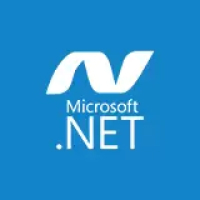


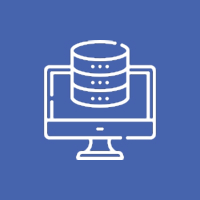









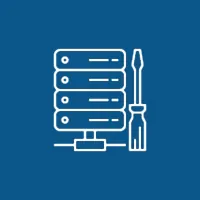 Database Development
Database Development





